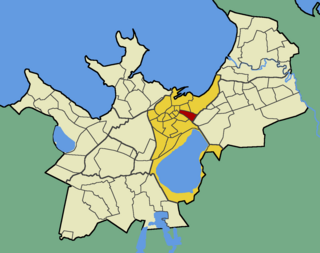
Lasnamäe is the most populous administrative district of Tallinn, the capital of Estonia. Colloquially known as a "Russian ghetto", the district's population is about 119,000, the majority of which is Russian-speaking. Local housing is mostly represented by 5–16 stories high panel blocks of flats, built in the 1970–1990s. Lasnamäe is usually referred to as a bedroom community.

Kose is a subdistrict of the district of Pirita in Tallinn, the capital of Estonia. It has a population of 3,351.
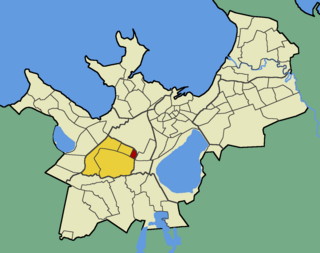
Siili is a subdistrict in the district of Mustamäe, Tallinn, the capital of Estonia. It has a population of 3,649.
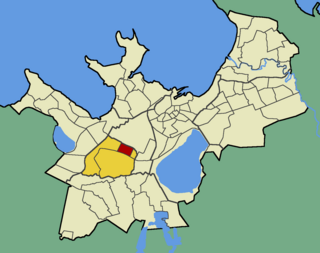
Sääse is a subdistrict in the district of Mustamäe, Tallinn, the capital of Estonia. It has a population of 8,881.

Merimetsa is a subdistrict in the district of Põhja-Tallinn, Tallinn, the capital of Estonia. It is mostly covered by the park forest Merimets. Merimetsa has a population of 4.

Sitsi is a subdistrict in the district of Põhja-Tallinn, Tallinn, the capital of Estonia. It has a population of 3,874.
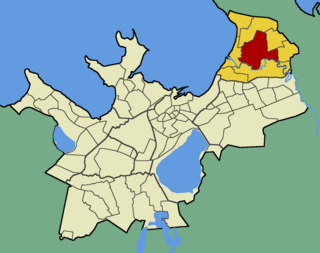
Kloostrimetsa is a subdistrict in the district of Pirita, Tallinn, the capital of Estonia. It's located north of the Pirita River and is mostly covered by the park forest Kloostrimets. Kloostrimetsa has a population of 80.

Maarjamäe is a subdistrict in the district of Pirita, Tallinn, the capital of Estonia. It has a population of 2,307.
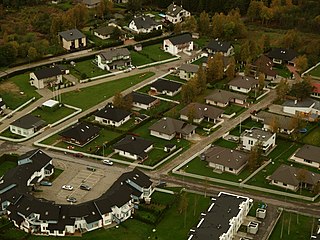
Lepiku is a subdistrict in the district of Pirita, Tallinn, the capital of Estonia. It has a population of 1,523.

Mustakivi is a subdistrict in the district of Lasnamäe, Tallinn, the capital of Estonia. It has a population of 19,759.
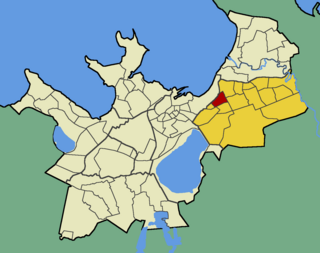
Kurepõllu is a subdistrict in the district of Lasnamäe, Tallinn, the capital of Estonia. It has a population of 3,800.

Uuslinn is a subdistrict in the district of Lasnamäe, Tallinn, the capital of Estonia. It has a population of 353.

Pae is a subdistrict in the district of Lasnamäe, Tallinn, the capital of Estonia. It has a population of 13,918.
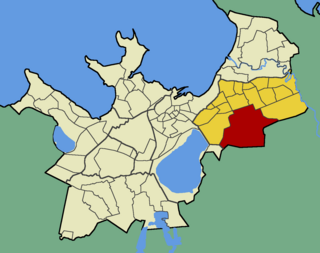
Sõjamäe is a subdistrict in the district of Lasnamäe, Tallinn, the capital of Estonia. It has a population of 140.

Mäeküla is a subdistrict in the district of Haabersti, Tallinn, the capital of Estonia. It has a population of 2.
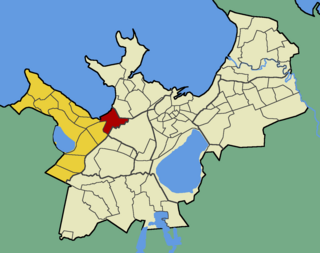
Mustjõe is a subdistrict in the district of Haabersti, Tallinn, the capital of Estonia. It has a population of 3,181.

Õismäe is a subdistrict in the district of Haabersti, Tallinn, the capital of Estonia. It has a population of 1,117.
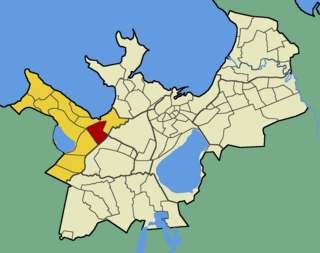
Veskimetsa is a subdistrict in the district of Haabersti, Tallinn, the capital of Estonia. It has a population of 17. It is mainly covered by the area of the Tallinn Zoo.

Raua is a subdistrict in the district of Kesklinn (Midtown), Tallinn, the capital of Estonia. It has a population of 5,654.
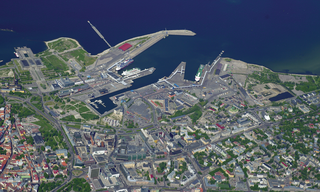
Sadama is a subdistrict in the district of Kesklinn (Midtown), Tallinn, the capital of Estonia. It has a population of 2,951.


